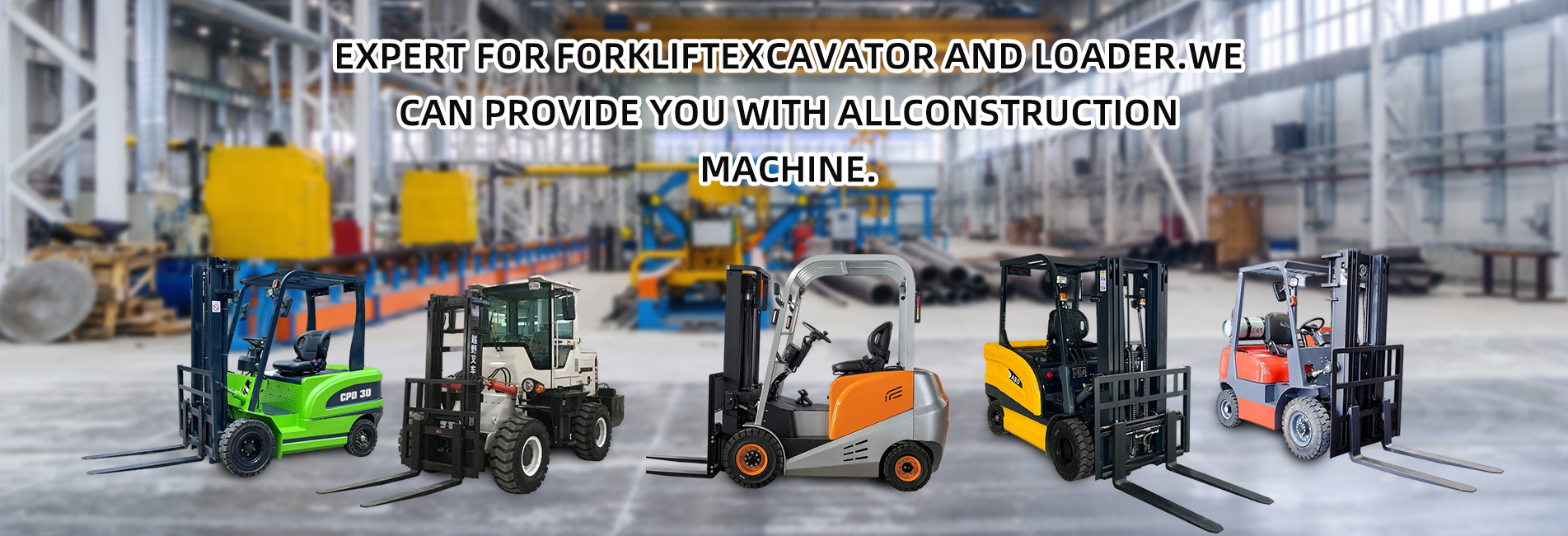Fuel-powered forklifts (including diesel forklifts, LPG forklifts, etc.), relying on their strong power output and adaptability to heavy-load operations, tend to cover medium and large tonnages, and perform particularly well in heavy-duty handling scenarios. The following are the suitable tonnage ranges and typical application scenarios of fuel-powered forklifts:

- Mainstream applicable tonnages: 2 tons and above, focusing on medium and heavy types
The power core of fuel-powered forklifts is the internal combustion engine (diesel or LPG engine), which has large torque and continuous power output, making it more suitable for carrying heavy weights. The mainstream applicable tonnages are concentrated in the range of 2 tons to 10 tons, which can be specifically divided into:
- Medium tonnage (2-5 tons): The most common tonnage for fuel-powered forklifts, balancing flexibility and load-carrying capacity. It is suitable for handling goods (such as pallets and boxed goods) in general warehouses and logistics parks, and can operate both outdoors and indoors.
- Large tonnage (5-10 tons): Designed specifically for heavy loads, with strong power, excellent climbing ability and heavy-load starting performance. It is suitable for handling heavy goods such as steel, containers and large equipment, and is commonly used in scenarios such as ports, docks and factory workshops.
- Special scenarios: Can cover super-heavy types above 10 tons
For super-heavy handling needs above 10 tons (such as 20 tons, 30 tons or even higher), fuel-powered forklifts (especially diesel forklifts) are the mainstream choice because:
- Electric forklifts are limited by battery capacity and motor power, making it difficult to meet the power requirements of super-heavy goods;
- The internal combustion engine structure of fuel-powered forklifts can support ultra-large loads through reinforced designs (such as increasing displacement and strengthening the transmission system), and they are commonly used in heavy industries (such as steel plants, shipyards) and large logistics hubs.
- Not recommended tonnages: Light operations below 2 tons
Light handling below 2 tons (such as 1 ton, 1.5 tons) is more suitable for electric forklifts for the following reasons:
- When fuel-powered forklifts are used for light operations, their power advantages cannot be reflected; instead, the self-weight of the engine leads to higher energy consumption and reduced operational flexibility;
- Electric forklifts are more energy-efficient, low-noise and more precise in operation for light operations, and are suitable for scenarios with narrow indoor passages and frequent starts and stops (such as small warehouses and e-commerce sorting centers).
Summary: Core of tonnage selection for fuel-powered forklifts
Priority should be given to 2 tons and above, especially for medium-heavy (5-10 tons) and super-heavy (above 10 tons) operations;
Avoid using them in light scenarios below 2 tons, where electric forklifts are more economical and adaptable.
Priority should be given to 2 tons and above, especially for medium-heavy (5-10 tons) and super-heavy (above 10 tons) operations;
Avoid using them in light scenarios below 2 tons, where electric forklifts are more economical and adaptable.
If there is a need to handle heavy goods, operate in complex outdoor terrain, or require high power continuity (such as long-term continuous heavy loads), fuel-powered forklifts are a more reliable choice.


